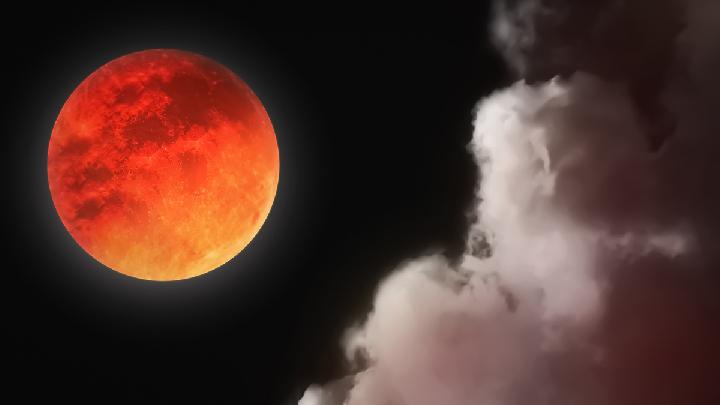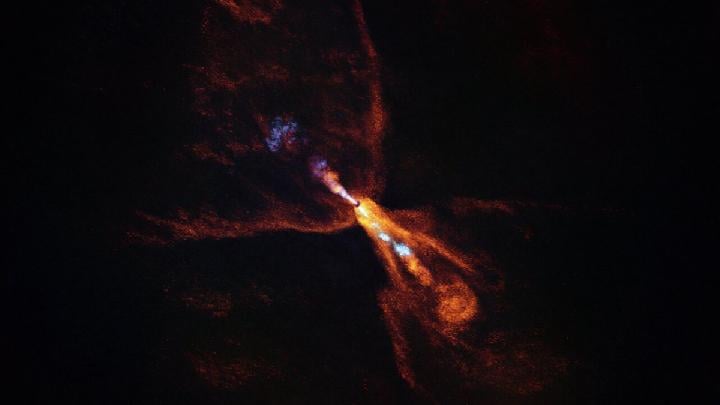October 24, 2025 | 02:59 pm

TEMPO.CO, Jakarta - Earth has gained a temporary cosmic companion. Astronomers recently discovered an asteroid, 2025 PN7, that appears to be orbiting alongside our planet, earning it the nickname of a “quasi-moon” or temporary moon.
Unlike the real Moon, 2025 PN7 does not orbit the Earth directly. Instead, it orbits the Sun, following a path so similar to Earth’s that it seems to travel alongside us for decades.
According to a paper published in IOP Science in September 2025, the asteroid will remain near Earth until 2083 before drifting away.
What Exactly Is a Quasi-Moon?
Phil Nicholson, an astronomy professor at Cornell University, explained that quasi-moons follow orbits very similar to Earth’s. “As a result, they sometimes 'keep company' with the Earth for years, or even decades,” he said, as quoted by ABC News on October 22, 2025.
NASA data show that 2025 PN7 is extremely small and faint, with a magnitude of around 26, meaning it is invisible to the naked eye and can only be observed with powerful telescopes.
Zoe Ponterio, manager of the Spacecraft Planetary Image Facility at Cornell University, said that although the asteroid looks like it’s orbiting Earth, it is not a true satellite. “Its orbit is oval-shaped, so sometimes it's closer to the Sun than Earth, while sometimes it's farther,” she explained.
When nearer, 2025 PN7 moves slightly faster than Earth; when farther, it slows down. This shifting motion makes it appear to hover near Earth in the sky.
"With the Earth and quasi-moon taking turns passing each other, the quasi-moon appears to be moving around us," Ponterio said.
From Companion to Horseshoe Orbit
Ponterio noted that the asteroid’s orbit will eventually shift into what astronomers call a “horseshoe orbit.” In this pattern, the object appears to swing back and forth around Earth’s path before slowing down at its outermost point.
With this discovery, scientists have now identified seven known quasi-moons orbiting near Earth. However, Ponterio emphasized that the public will not be able to see them. “TThis object is far too small, dark, and distant for us to see without very powerful telescopes, so the average person will not see a second moon in the sky,” she said.
How It Was Found
Asteroid 2025 PN7 was first detected on August 29, 2025, by the Pan-STARRS telescope at the Haleakal Observatory in Hawaii. Archival data suggest that it has been moving in a similar orbit for at least 60 years.
Kelle Cruz, a professor of physics and astronomy at Hunter College in New York, said the discovery underscores the complexity of our solar system.
“This discovery exemplifies that our Solar System is comprised of far more than just the familiar planets we learn about as school children,” she noted.
Cruz added that large-scale observation projects like Pan-STARRS and the LSST survey at Chile’s Rubin Observatory will likely lead to many more discoveries in the coming years.
“This new quasi-moon is just the beginning of a flood of new discoveries to come.,” she said.
Editor’s Choice: Microplastics Detected in Rainwater Worldwide, Not Only in Jakarta
Click here to get the latest news updates from Tempo on Google News
SpaceX Secures New Permit to Launch Up to 100 Rockets Annually from California
3 hari lalu

Previously, SpaceX was only allowed 50 rocket launches per year.
A Report Predicts China Will Surpass US in Space Technology
34 hari lalu

The ambition of the U.S. space sector is hindered by the proposal of the Donald Trump administration, which has slashed nearly half of NASA's budget.
Where on Earth Does the Sun Never Set? Top Destinations to Experience Midnight Sun
40 hari lalu

From Norway to Antarctica, uncover where the sun never sets. These stunning destinations show the magic of the midnight sun.
5 Essential Tips for Watching Tonight's Total Lunar Eclipse
46 hari lalu

The total lunar eclipse lasts for about 1 hour 22 minutes out of the whole process, which takes more than 5 hours. This phenomenon can be observed in Indonesia, weather permitting.
Total Lunar Eclipse Observable from Indonesia, Here Are the Phases and Durations
47 hari lalu

Indonesia's Meteorology Agency (BMKG) predicts that the lunar eclipse will last for 5 hours 29 minutes 48 seconds, covering all of its phases.
Total Lunar Eclipse Expected to Turn Moon Red on Monday, Sept. 8
50 hari lalu

According to the Meteorology, Climatology, and Geophysics Agency (BMKG), the total lunar eclipse is likely to begin at 12:37 a.m. on Monday.
Blood Moon Is Coming on September 7; Here's When and Where to See Worldwide
15 Agustus 2025

On September 7, a rare blood moon will be visible to over 7 billion people worldwide, with totality expected to span 82 minutes. Learn more here.
Not Even 24 Hours, Today is the Shortest Day in Earth's History
5 Agustus 2025

An event of the shortest day has become part of a mysterious trend that baffles scientists as the Earth is spinning faster.
5 Must-See Celestial Phenomena in August 2025
3 Agustus 2025

Several celestial phenomena will occur throughout August 2025 & can be enjoyed with the naked eye without the need for a telescope.
Astronomers Observe Dawn of New Solar System
18 Juli 2025

For the first time, astronomers have successfully observed the earliest stages of planet formation around a star outside our solar system.


















































